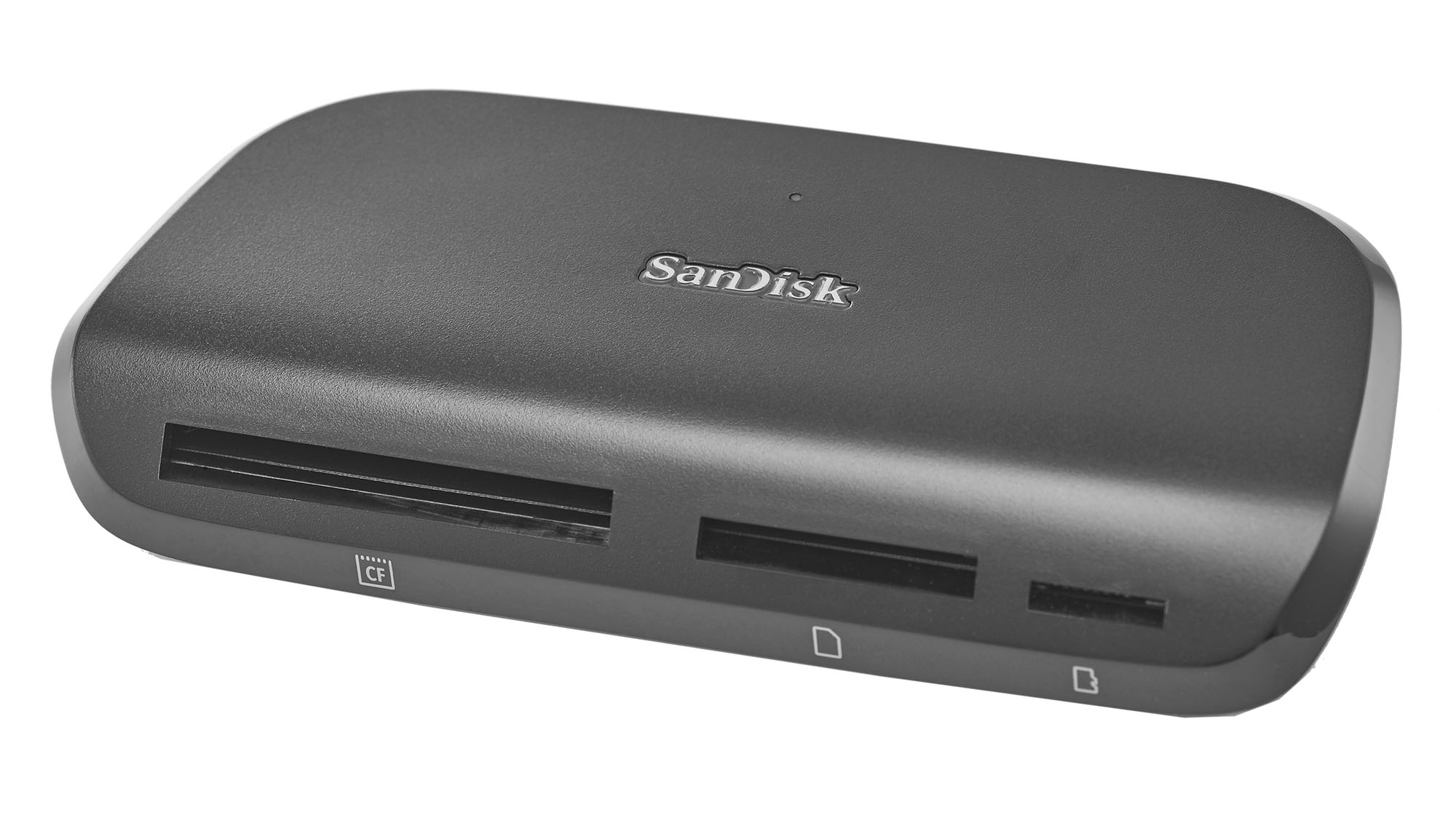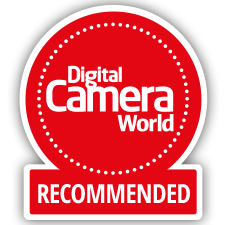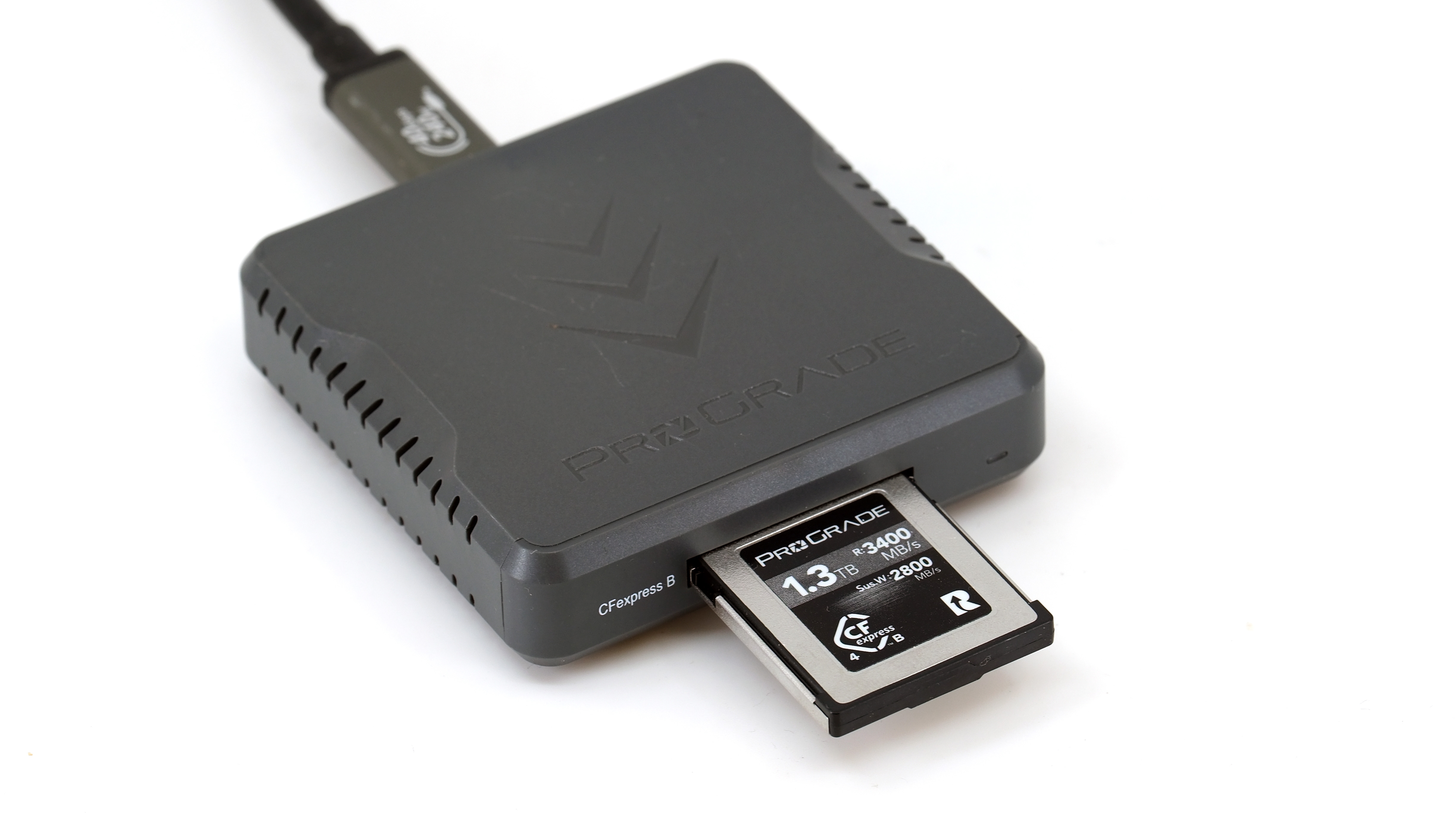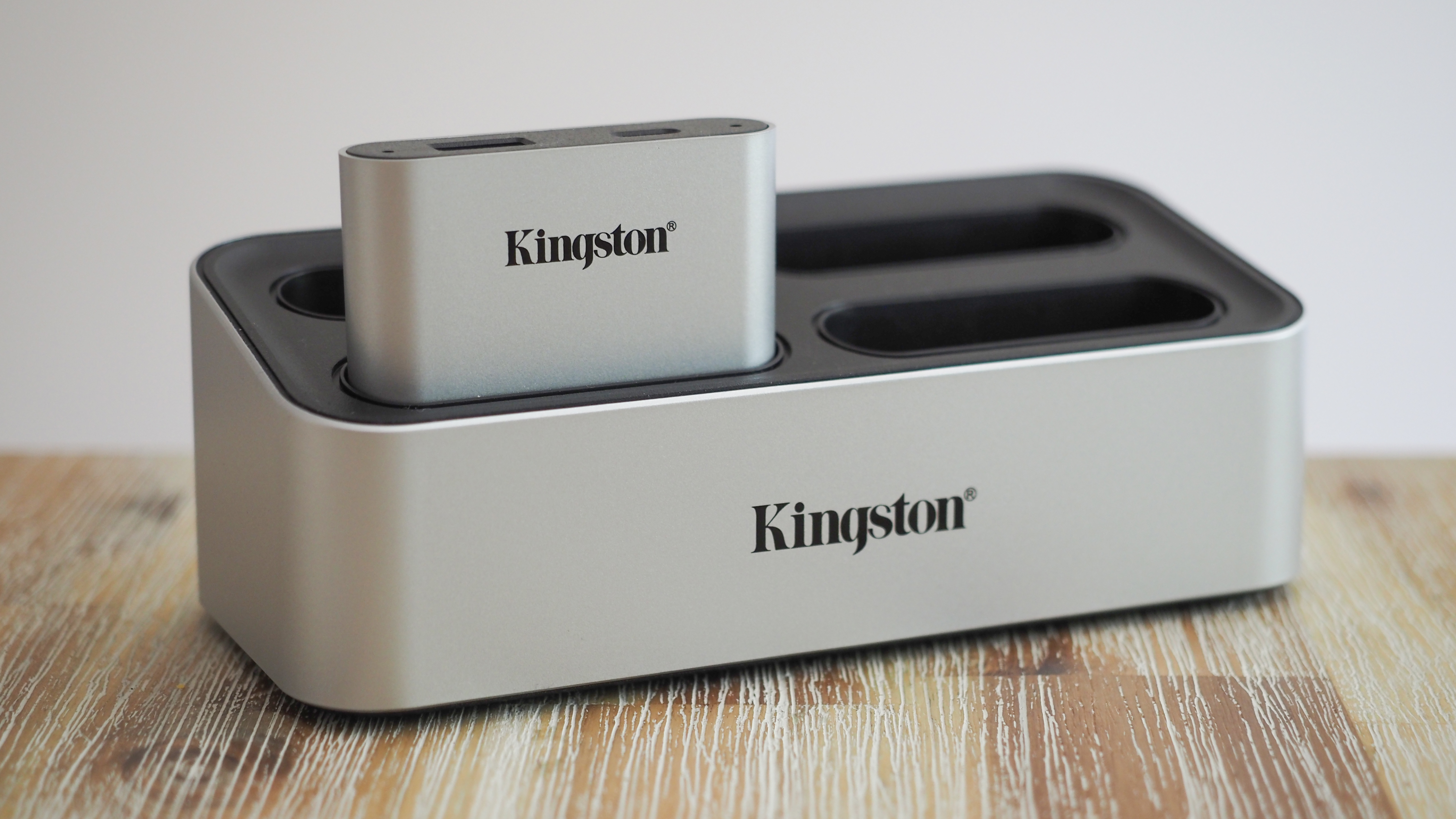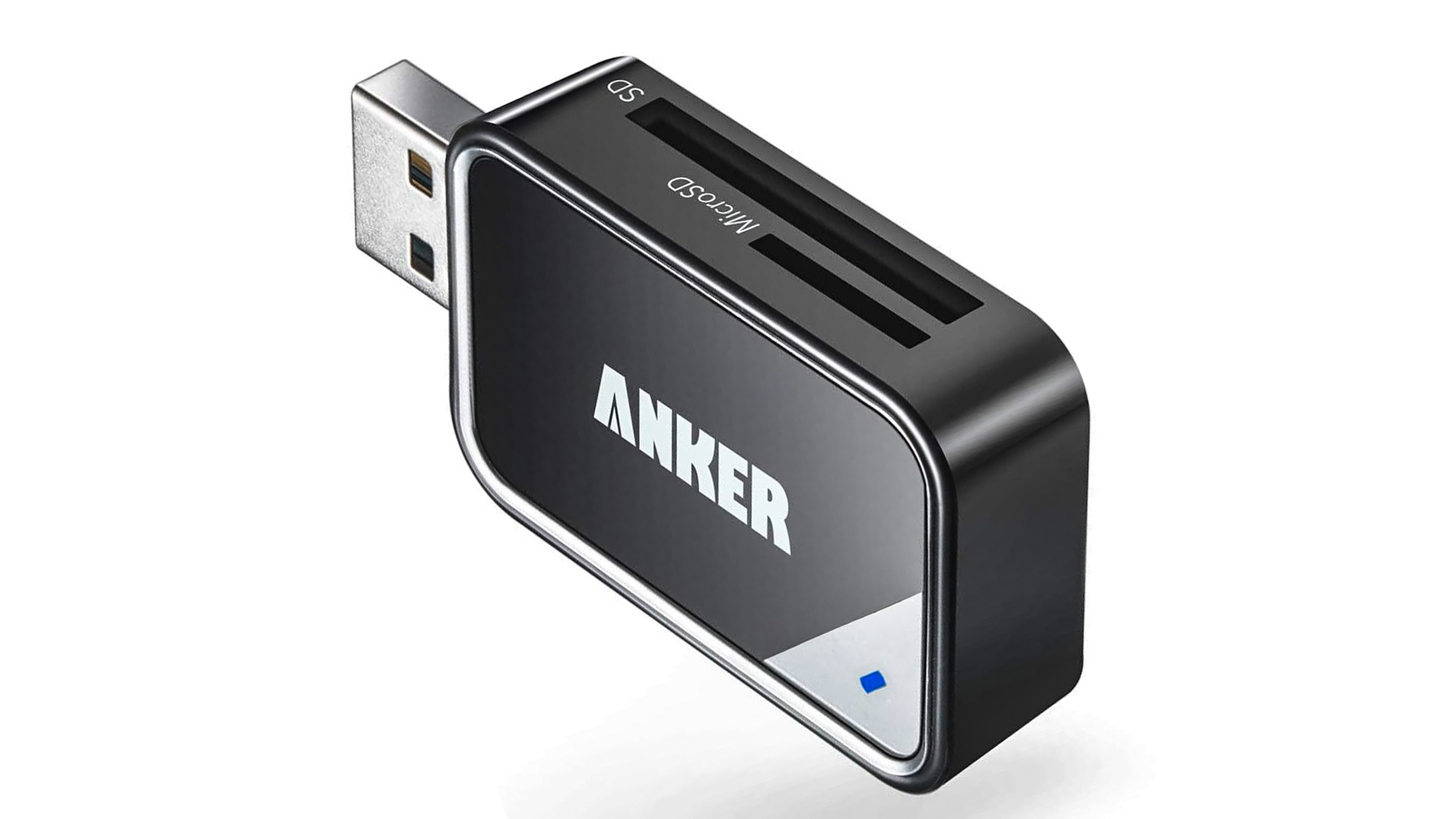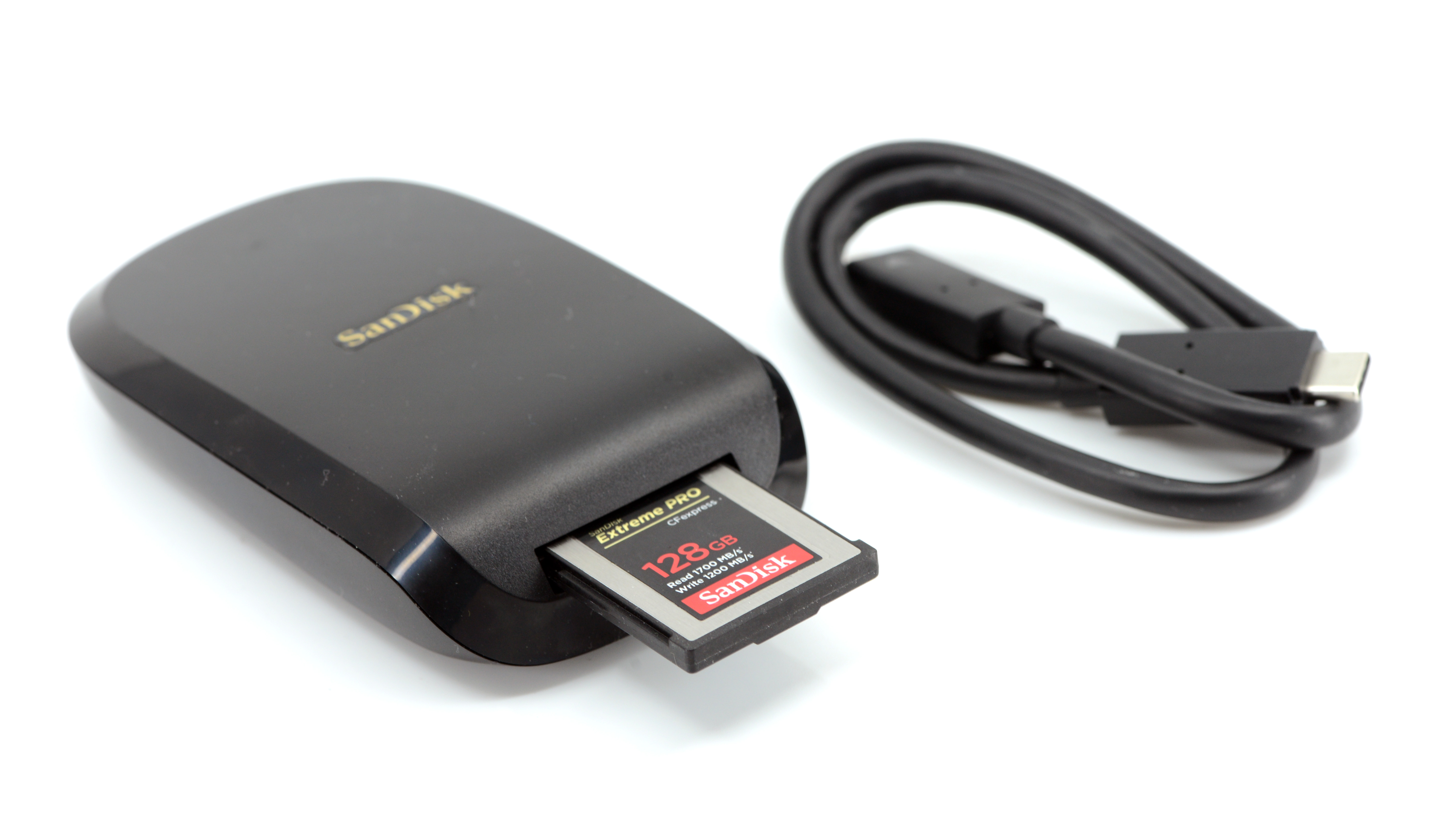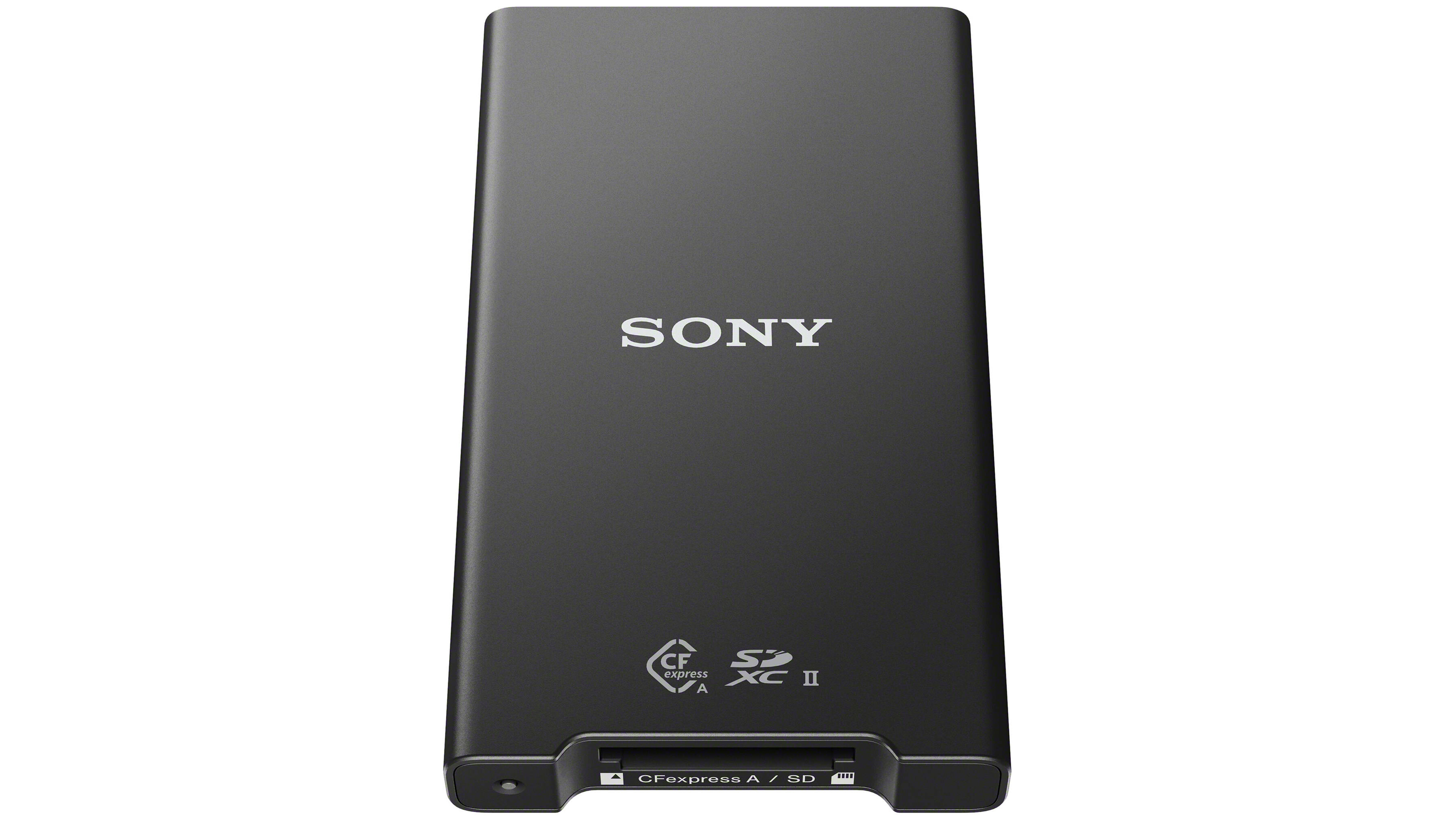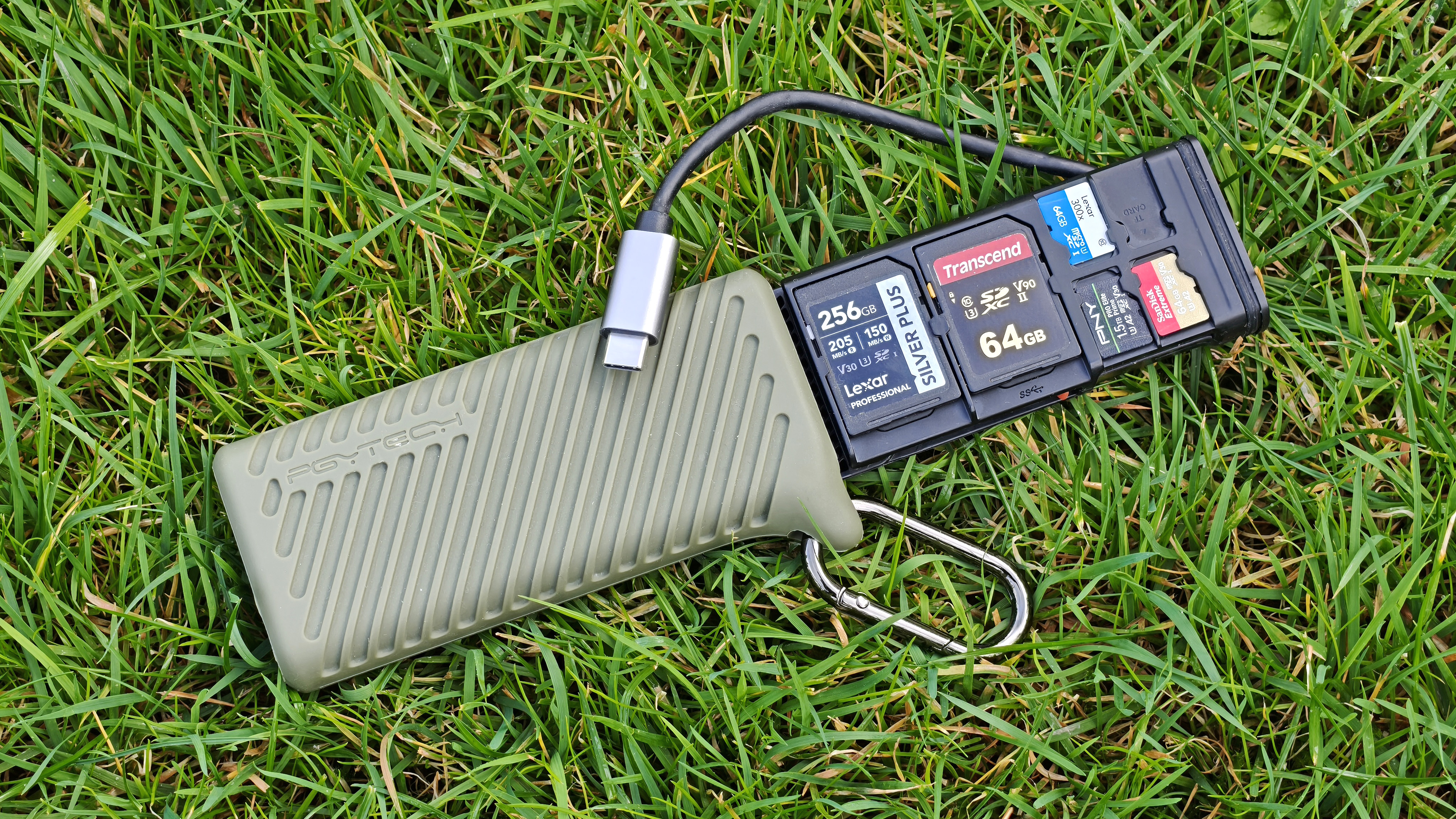The best memory card readers: copy images and video to your computer
These are the best memory card readers to supercharge your SD, CFexpress & CompactFlash memory card image transfers

The best memory card readers are an easy way to make sure you can always get your images off your camera. Sure, there's always the option to connect via USB, or wirelessly. But in practice, this can be fiddly, and sometimes simply whipping a memory card out is the easier option.
To help you find the right option for your needs, we've listed the best memory card readers on the market today in the list below. We've made sure to include memory card readers that run the gamut in terms of price but are all reliable, durable and good quality overall.
Different cameras use different card formats, but whether you use a standard SD card, microSD card, CFexpress Type A or B, there should be a memory card reader on this list for you.

Whether he's in the lab testing the sharpness of new lenses, the resolution of the latest image sensors, the zoom range of monster bridge cameras or even the latest camera phones, Ben is our go-to guy for technical insight. He's also the team's man-at-arms when it comes to camera bags, filters, memory cards, and all manner of camera accessories – his lab is a bit like the Batcave of photography! With years of experience trialling and testing kit, he's a human encyclopedia of benchmarks when it comes to recommending the best buys.
The Quick List
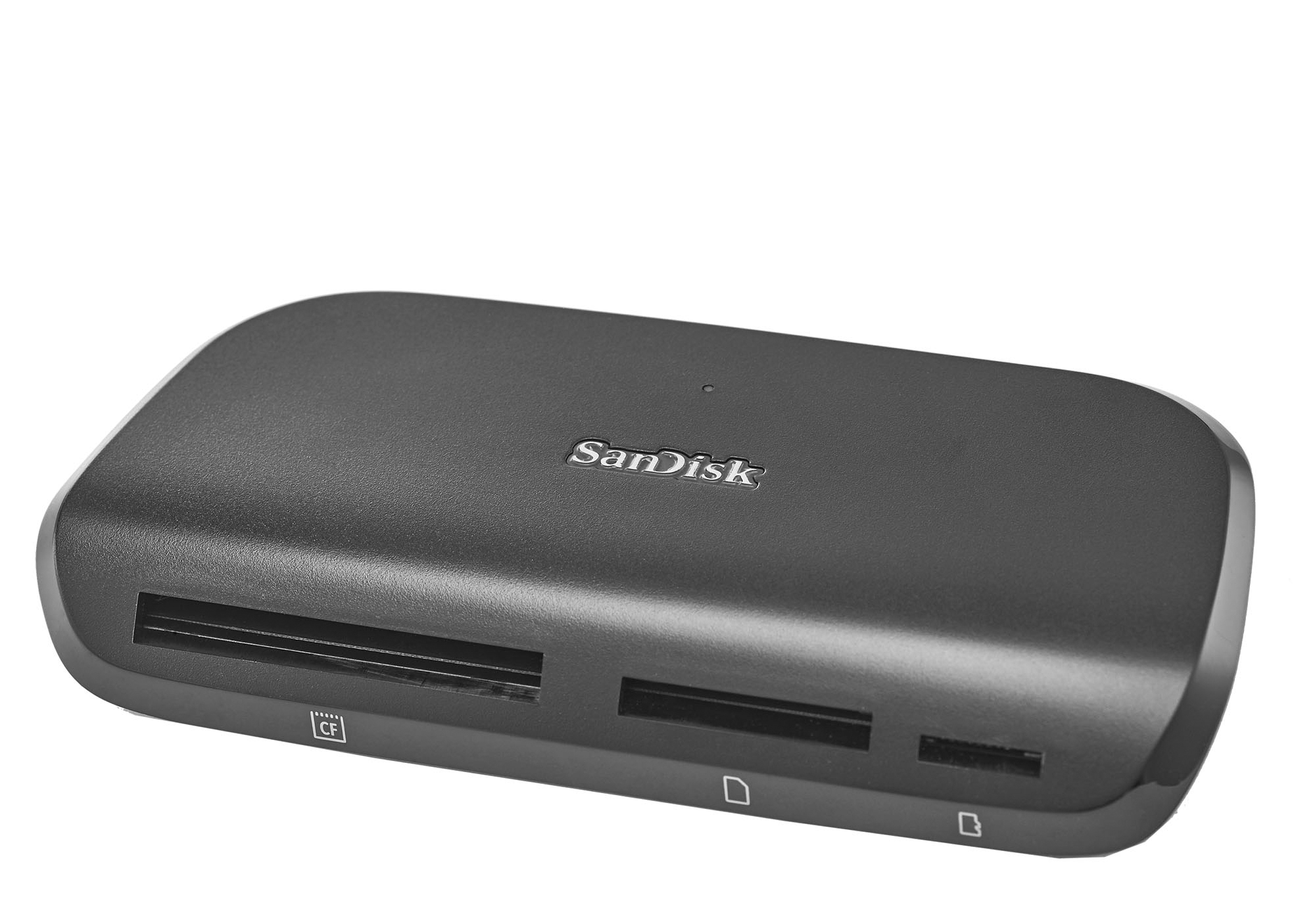
The ImageMate Pro is good quality product at a reasonable price, making it our top pick overall. Testing with a UHS-II SD card yielded highly respectable video transfer speeds of 252MB/s read and 210MB/s write.
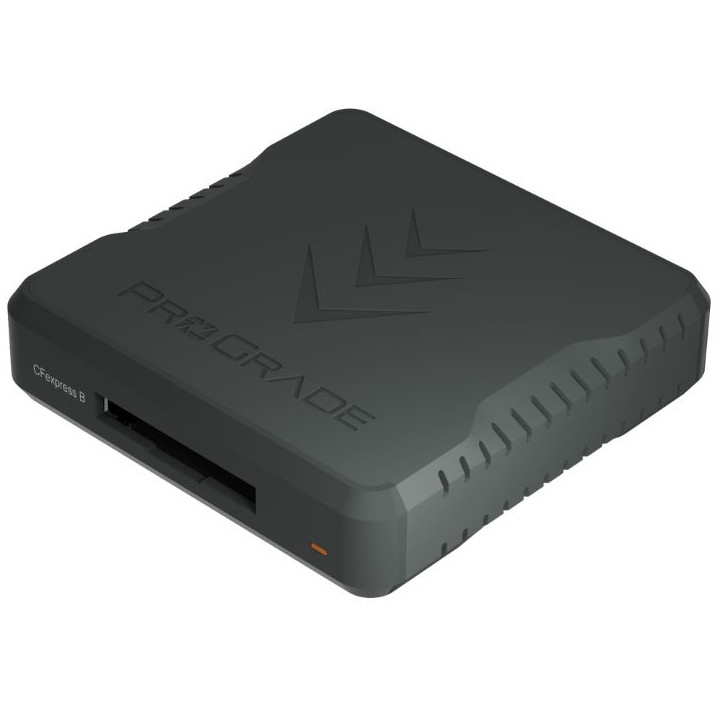
This is likely the fastest CFexpress Type B card reader you can buy. Its cutting-edge USB 4.0 interface won't bottleneck a Type B card like USB 3.2 readers will, resulting in substantially quicker transfer speeds.
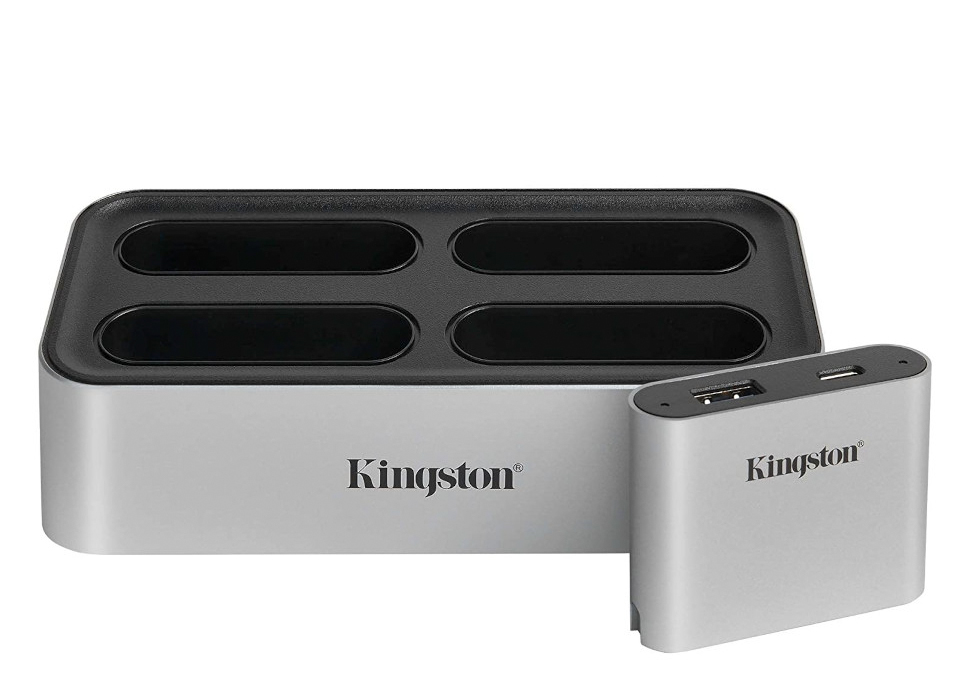
Want to simplify your setup? This USB-C docking station is equipped with a stack of SD and microSD card readers, allowing you to connect multiple USB-C or USB-A devices and download from up to eight cards simultaneously.
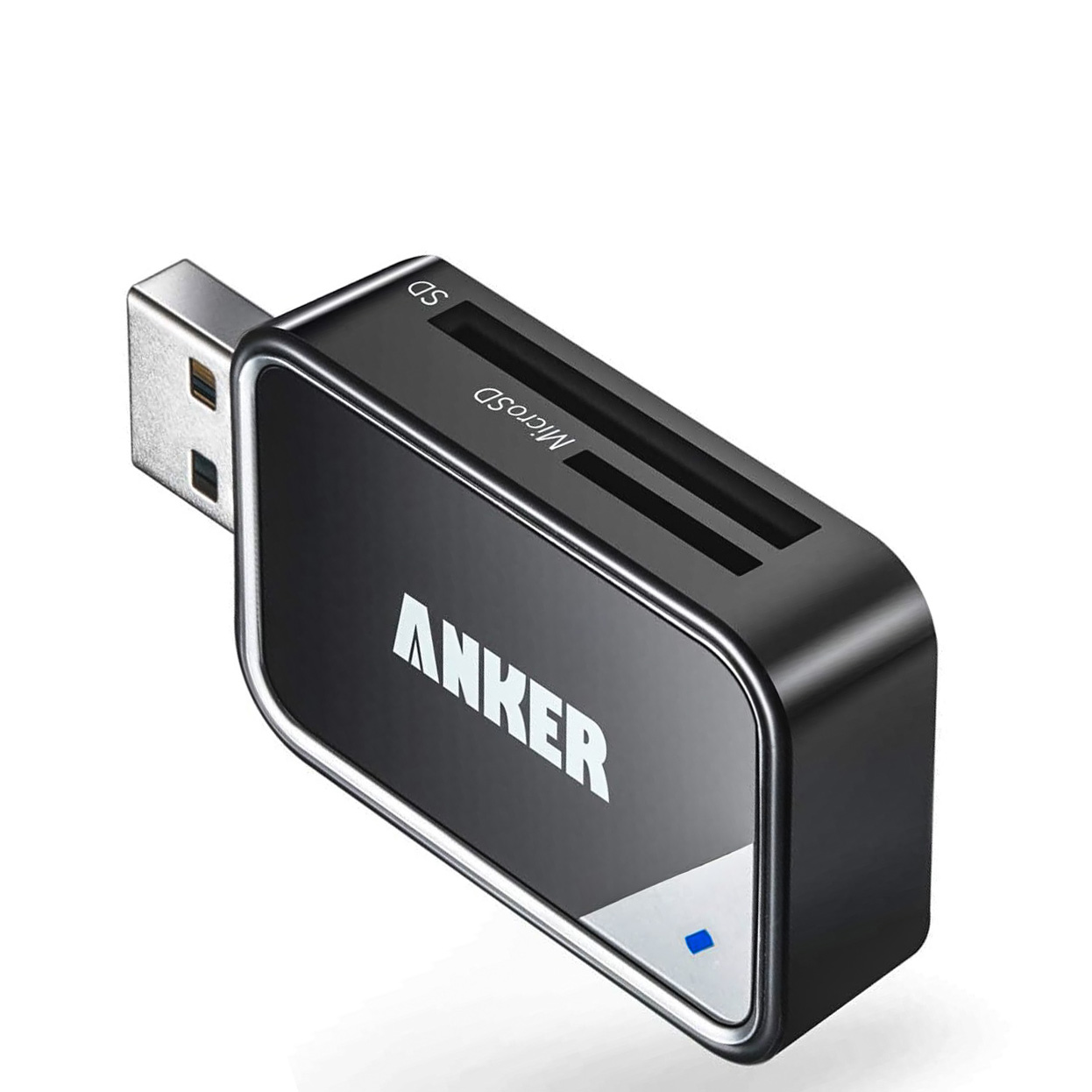
This tiny reader takes SD and micro SD cards and is capable of quick transfer speeds thanks to its USB 3.0 interface. There's no cable to worry about as the reader has its own USB plug built in, making it easily pocketable on the go.
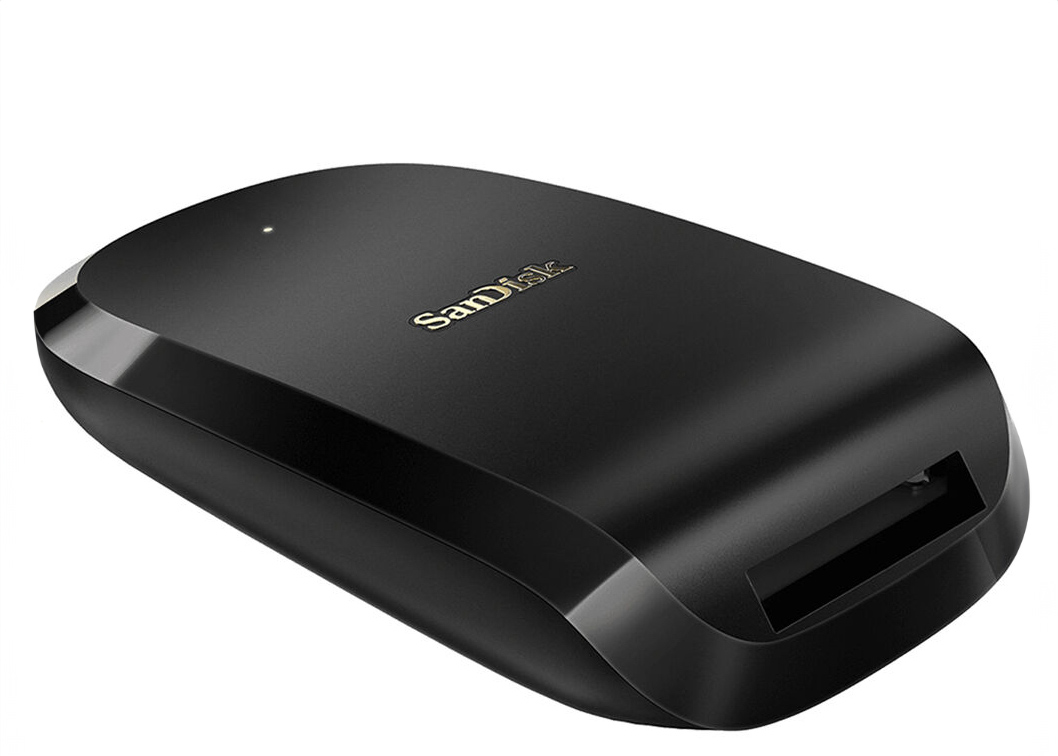
More readily available than ProGrade's USB 4.0 Type B reader, this SanDisk offering isn't as fast, but it does the job. You won't even notice the slower speed if your computer doesn't have USB 4.0 anyway.
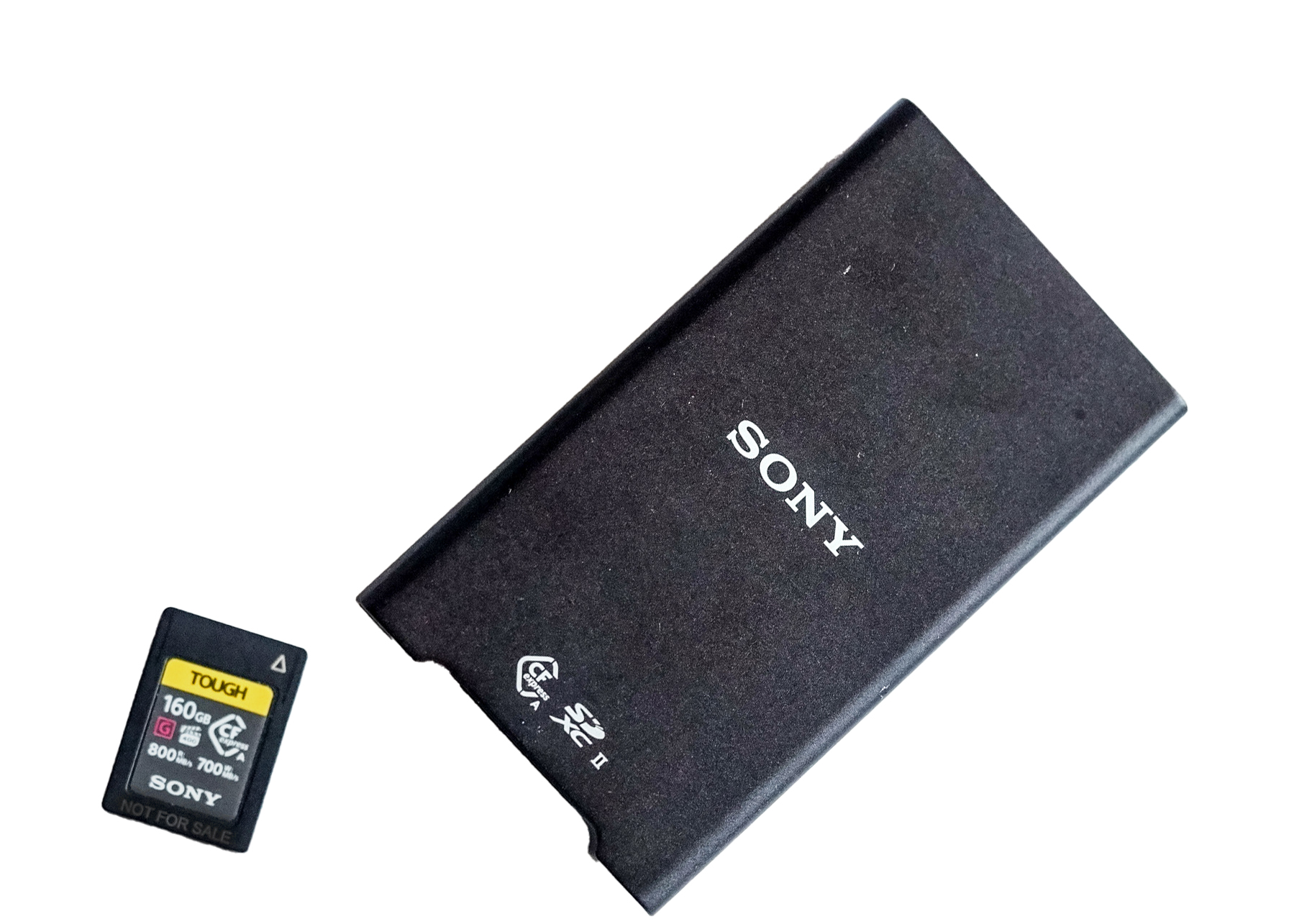
Many recent Sony mirrorless cameras use the smaller CFexpress Type A card, for which you need a suitable reader. This Sony one does a great job handling thest Type A cards, and also the popular SD cards, albeit at a premium price.
The best memory card readers
Why you can trust Digital Camera World
Best all-round memory card reader
1. SanDisk ImageMate Pro Multi-Card Reader
Specifications
Reasons to buy
Reasons to avoid
✅ You want a versatile, well priced card reader: Easily and cheaply transfer data from CompactFlash, SD and microSD cards.
✅ You want 'fast enough' transfer speeds: This isn't the fastest card reader out there, but it's fast enough to max out all but the fastest UHS-II SD cards.
❌ You need the very fastest transfer speeds: USB 3.2 Gen 1 means the fastest UHS-II SD cards may be speed limited.
❌ You'll be using it with some modern laptops: The older USB Type-A plug won't plug straight into some laptops with only Type-C ports - you'll need an adapter.
It may be a fairly cheap card reader, but the ImageMate Pro feels like a quality product, as it’s well built and weighty enough to sit securely on a desk. And this is where it belongs, as at 122 x 58 x 17mm, it’s big by card reader standards.
A trio of card slots are spread neatly across the front, with CF, UHS-II SD, and MicroSD to choose from. A detachable USB Type-A cable is provided, so you will need an adapter if you intend to plug in to a USB-C port.
Testing with a UHS-II SD card yielded highly respectable video transfer speeds of 252MB/s read and 210MB/s write - not far off the much more expensive ProGrade Digital USB 3.1 Gen 2 Dual-Slot Card Reader. 202MB/s read and 107MB/s write figures in our testing when shifting images are also superb.
When it comes to UHS-I SD cards, maximum sustained transfer speeds of 96MB/s read and 83MB/s write aren't quite class-leading, but not to the extent that you’d really notice in real-world use.
Features | Compatible with 3 common card types | ★★★★ |
Design | Sleek yet functional, with a quality feel | ★★★★★ |
Performance | Fast enough for UHS-I and UHS-II SD cards | ★★★★ |
Value | Excellent value considering card compatibility and speed | ★★★★★ |
Best memory card reader for CFexpress Type B
Specifications
Reasons to buy
Reasons to avoid
✅ You want to get the best out of your CFexpress Type B cards: Type B cards are all about speed, so it makes sense to get a card reader that'll do them justice.
✅ You have a modern computer: You must have a USB4 connection for this reader to work at its fastest.
❌ You're on a budget: There are plenty of cheaper (if significantly slower) Type B readers out there.
❌ You still have some XQD cards: XQD cards are not supported by this reader.
CFexpress Type B cards seem to be breaking memory card transfer speed records on a monthly basis, yet few will ever experience anything close to these incredible read/write speeds. That's because the vast majority of Type B card readers use the USB 3.2 Gen 2 connection, which has a maximum bandwidth of around 900MB/s. That's simply not good enough when most Type B cards can reach in excess of 1500MB/s.
Thankfully ProGrade Digital has come to the rescue with its PG05.6 USB4 CFexpess Type B card reader. USB 4.0 has a maximum theoretical bandwidth of 5000MB/s, which should be enough to max out even the latest generation of CFexpress 4.0 cards that are capable of speeds approaching 4000MB/s.
In our testing we couldn't match the advertised 3400MB/s read and 3000MB/s write speeds of our CFexpress Type B 4.0 test card. However, the 2595MB/s read and 1613MB/s write speeds that we did record are still hugely impressive, and leagues ahead of what a conventional Type B reader could achieve.
Of course you're going to need a computer with a USB 4.0 connection for this card reader to work at its best. Plugging into a USB 3.x port will restrict transfer speeds to under 900MB/s.
Read our full ProGrade Digital PG05.6 USB4 card reader review
Features | Class-leading performance with CFexpress Type B cards | ★★★★★ |
Design | Compact and solid build, with a useful magnet for attaching to a desktop tower | ★★★★★ |
Performance | Super fast, though could theoretically be even faster | ★★★★ |
Value | Worth the money to get the most out of a Type B card | ★★★★ |
Best modular memory card reader
Specifications
Reasons to buy
Reasons to avoid
✅ You want to regularly transfer from multiple cards: With the ability to transfer from 8 cards at once, this reader is idea for enthusiast and pros.
✅ You'd like a reader that works well at home and on the go: The dock can live on your desk, while you take one of the USB-powered modules out on location like a conventional card reader.
❌ You use CFexpress cards: Kingston still hasn't released a CFexpress Type B module for the Workflow Station.
❌ You want to transfer from multiple cards AND have fast speeds: the Workflow's USB 3.2 Gen 2 connection will soon be overwhelmed if you simultaneously transfer files from multiple fast SD cards.
One thing we're all crying out for in the age of digital devices is a bit more simplicity. Fewer cables, simpler devices, and more straightforward solutions for organizing and transferring our files. The Kingston Workflow Station Dock is a go at realizing that dream. It's a USB-C docking station equipped with a stack of SD card readers, allowing you to connect multiple USB-C or USB-A devices, and download from up to eight cards at the same time.
What's also hugely useful is the aforementioned modular aspect, which means you can buy specific readers to suit your needs. So if you have more microSD cards than SD cards, you can set up the station accordingly. Or you could plug in eight cameras via USB-C and download images from all of them simultaneously if that's the sort of thing you're in a position to do. Modules can also be used standalone, so you could take a single reader on a shoot and then reconnect it to the main dock later.
The whole thing does need power to run, as it's more complex than other SD readers. There's also the lack of CFexpress support currently, although, the modular design means it would be easy to add this functionality at a later date. All this does cost more than other readers on this list, and if you're a "one-card, one-camera" type of photographer, it's almost certainly more than you need.
Read our full Kingston Workflow review
Features | Modular multi-format design with USB, SD and microSD support | ★★★★ |
Design | A simple yet effective design makes for seamless docking | ★★★★★ |
Performance | Enables simultaneous transfer from multiple cards & devices | ★★★★ |
Value | If you need to transfer from multiple cards and USB drives, this versatile reader makes sense | ★★★★ |
Most portable memory card reader
4. Anker USB 3.0 Card Reader
Specifications
Reasons to buy
Reasons to avoid
✅ You want compactness: With no cable to worry about, this tiny reader is ideal on the move.
✅ You're on a tight budget: Here's proof that a card reader doesn't have to cost a fortune.
❌ You want fast transfers: This card reader doesn't support UHS-II SD card speeds.
❌ Multiple card types: This is strictly for SD and microSD cards.
Despite being super-cheap, this little reader is a pleasingly capable device, able to achieve speedy data transfer rates thanks to its USB 3.0 connection.
It doesn't cover all the card types, most notably missing out on CFexpress, CompactFlash and UHS-II SD (though it does UHS-I), however if this isn't a problem for you, the Anker USB 3.0 Card Reader will get the job done quickly and efficiently.
It's also so tiny that you can take it anywhere, measuring 5.3 x 2.7 x 1.1cm and weighing a tiny 16g, and there's also an 18-month warranty to give you peace of mind. Need something simple and straightforward? This little reader is a solid buy.
Features | Useful array of ports and card slots | ★★ |
Design | Super-small, and with no cable to worry about | ★★★★ |
Performance | Does the job, but doesn't support UHS-II SD cards, so won't win any speed records | ★★★ |
Value | Cheap, basic, yet effective - you can't go wrong at this price | ★★★★ |
Best alternative CFexpress Type B card reader
Specifications
Reasons to buy
Reasons to avoid
✅ You want a simple but effective reader: Compact, yet well made and fast. The detachable USB-C lead is also a nice touch.
✅ You're after fast transfers: We recorded impressive read speeds of up to 718MB/s.
❌ You also use SD cards: This reader is only for CFexpress Type B cards: Type A & SD cards need a separate reader.
❌ You want to max out the speed of your Type B cards: this reader's USB 3.2 Gen 2 speed is a long way short of the read speeds of most Type B cards.
ProGrade Digital's USB 4.0 CFexpress Type B card reader (above) is the best Type B card reader you can buy, but unfortunately it's in short supply. This SanDisk reader isn't as fast, but it is much easier to find. Around the same size and shape as a computer mouse, it's a nicely designed piece of kit. The spring-loaded memory card slot has a pleasing action too, with a gentle push of the memory card ejecting it from the reader.
In our testing, this reader hit a mighty impressive 718MB/s sustained read speed when transferring one large 4K video file. Image read/write rates of 534/410MB/s are also good, easily eclipsing even the fastest UHS-II SD cards.
That said, CFexpress cards are capable of even higher transfer speeds. The bottleneck here is likely the reader's USB 3.2 Gen 2 connection, which though very fast, can't keep up with the blistering performance available from CFexpress cards. But if you can live with that, this SanDisk CFexpress reader gets the job done.
Read our full SanDisk Extreme Pro CFexpress Card Reader review
Features | This is a basic reader that only reads CFexpress Type B cards | ★★★ |
Design | A neat design that easily slips into a kit bag. Removable cable can be useful. | ★★★★ |
Performance | Very fast, though the USB 3.2 Gen 2 connection does bottleneck transfer speeds | ★★★★ |
Value | A simple but effective CFexpress Type B reader that performs well | ★★★★ |
Best CFexpress Type A card reader
6. Sony MRW-G2 CFexpress Type A / SD Card Reader
Specifications
Reasons to buy
Reasons to avoid
✅ You're after a single reader that accepts Type A and SD cards: This is the ideal companion for a Sony a1, a7S III and a7 IV - cameras that use both card formats.
✅ You'd like fast transfer speeds: The USB 3.2 Gen 2 connection means rapid transfer speeds of up to 10Gbps.
❌ You want maximum bang per buck: Sony card readers rarely come cheap, and this is a prime example. There are less expensive Type A readers out there.
Sony's CFexpress Type A/SD Card Reader was launched at the same time as the Sony a7S III's release, as this was the first camera to utilize the CFexpress Type A memory card format (the physically larger Type B cards already being commonplace).
With such a new CFexpress variant, and very few manufacturers currently producing Type A cards or readers, it's little surprise that this reader is expensive.
At least it uses a fast USB 3.2 Gen 2 interface for a maximum theoretical transfer speed of 1250MB/s - plenty fast enough to let a 800MB/s CFexpress Type A card transfer at its maximum speed. The MRW-G2 card reader also supports SDXC/SDHC UHS-I and UHS-II cards for added versatility, going some way to justify the high selling price.
Best rugged card reader
Specifications
Reasons to buy
Reasons to avoid
✅ You need series gear protection: If you regularly shoot off the beaten track, this shock- and water-resistant card reader is ideal.
✅ You'd also like card storage: This isn't just a reader - it also doubles as a card storage case.
❌ Compactness matters: This is far from the smallest card reader, but its size is an inevitable result of its storage ability and toughness.
This isn't just a card reader: it's also a card storage case, with enough room inside to carry 4 full-size SD cards, a further 4 microSD cards. The captive USB-C cable is neatly stowed around the perimeter of the device, which in turn slips neatly inside a silicone-clad metal outer surround that's both shock- and water-resistant.
The reader itself operates at USB 3.2 Gen 2 speed, ensuring no connectivity bottleneck. With the silicone skin in place, this reader measures 115 x 60 x 25mm, making it fairly chunky, but not unreasonably bulky.
During our testing we found transfer speeds to be on par with other UHS-II readers, meaning the CreateMate was able to max out even our fastest UHS-II V90 SDXC test card.
If you regularly shoot and edit stills or video on location and want the reassurance of a rugged card reader, this little gadget is a no-brainer.
How to choose the best memory card reader
What connection type is best?
The vast majority of card readers use a USB 3.2 connection, either via an older (rectangular) Type-A plug, or a newer, smaller Type-C plug. A few very high-end CFexpress readers can be found with faster Thunderbolt or USB 4 connections, and these will usually use a USB Type-C plug.
What USB version should I look for?
USB numbering is confusing, even to the best of us. Nowadays most card readers use either a USB 3.2 Gen 1, or Gen 2 connection. The former enables transfer speeds of up to 5 Gbps (625 Megabytes per second), while Gen 2 doubles this to 1250MB/s. In practice, real world transfer speeds will usually be around 30% slower than those figures, however.
Both Gen 1 and 2 will easily max out even the fastest SD card, but if you want to exploit a CFexpress card's full speed, you'll need a faster connection. USB 3.2 Gen 2x2 card readers theoretically top out at 20 Gbps (2500 MB/s), or there's the ultimate USB 4 version which can enable speeds up to 5000MB/s - fast enough to let even the latest super-fast CFexpress cards run free. Gen 2x2 and USB 4 readers are currently extremely rare though.
Cable attachment
Some card readers use a USB cable that’s hard-wired to the reader body. That's great for convenience, especially if you travel a lot and want to ensure you don't forget the cable. But if the cable ever gets damaged, the whole reader could be useless.
UHS-I vs UHS-II SD card readers
UHS-II SD cards are faster than older/cheaper UHS-I cards. All the SD card readers above are compatible with both speed types, but if you plug an UHS-II card into a UHS-I reader, it'll be bottlenecked to UHS-I transfer speeds. IF you'll be using UHS-II cards, ensure your chosen reader can operate at UHS-II speed so you can get the most our of your UHS-II SD card.
Extra ports
With fewer and fewer ports on the sides of modern laptops, a card reader hub with extra USB, audio and video sockets may be just the ticket.
How does a memory card reader work?
When you insert a card into a memory card reader, its controller chip identifies the card type and its storage capacity. The reader then establishes communication with the card's memory controller using protocols specific to the card type (SD, CF, etc).
Based on your instructions (such as reading files or copying data), the reader sends commands to the card's controller to access specific data locations. The card retrieves the requested data and sends it to the reader. The reader translates this data into a format compatible with the connected device (usually your computer) and transmits it via the USB connection.
How we test memory card readers
When we test memory card readers, we pay close attention to two main factors: reliability and performance. Our speed tests gauge read and write rates, as these are crucial for photographers or videographers handling large files. We also conduct endurance trials evaluate sustained performance under prolonged usage, preventing overheating or slowdowns during intensive tasks. We also assess compatibility with different operating systems and devices to ensure seamless integration across platforms, and consider user experience factors such as ease of installation, intuitive interfaces, and portability.
Find out more about how we test and review at Digital Camera World.
The best camera deals, reviews, product advice, and unmissable photography news, direct to your inbox!
Ben is the Imaging Labs manager, responsible for all the testing on Digital Camera World and across the entire photography portfolio at Future. Whether he's in the lab testing the sharpness of new lenses, the resolution of the latest image sensors, the zoom range of monster bridge cameras or even the latest camera phones, Ben is our go-to guy for technical insight. He's also the team's man-at-arms when it comes to camera bags, filters, memory cards, and all manner of camera accessories – his lab is a bit like the Batcave of photography! With years of experience trialling and testing kit, he's a human encyclopedia of benchmarks when it comes to recommending the best buys.
